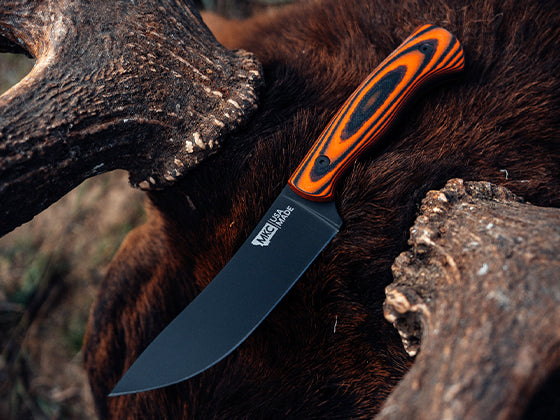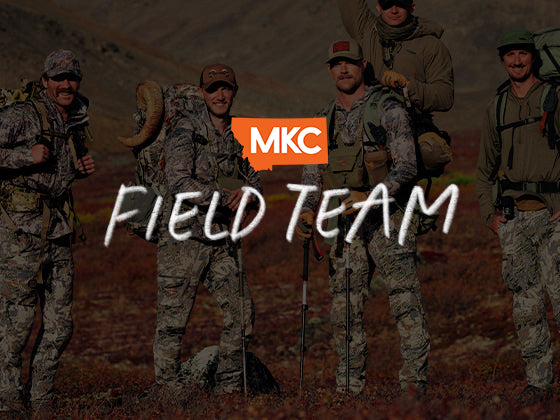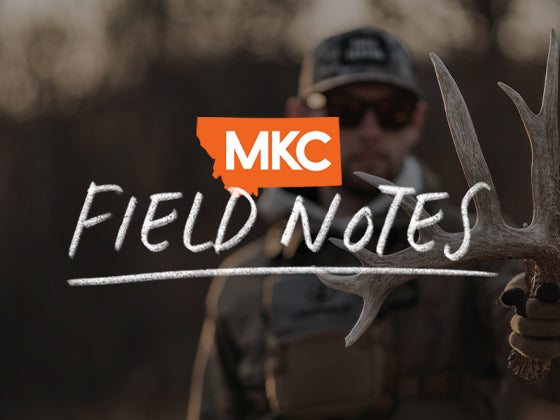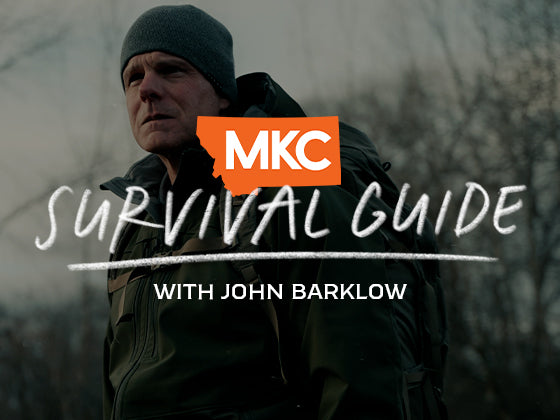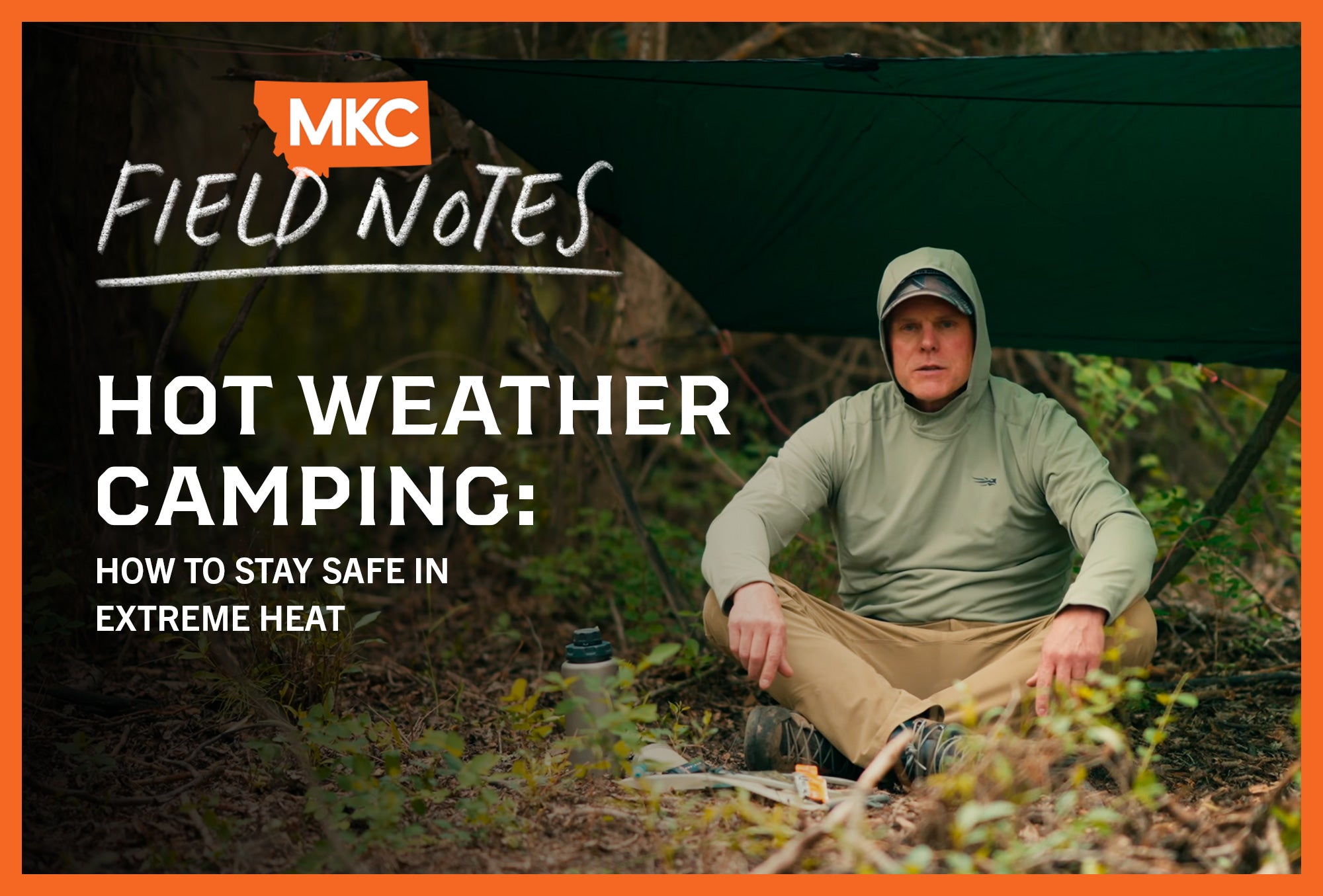During a late-season hunt, my friend Dale and I set up camp in deteriorating weather. Snow covered the ground, and we were both exhausted from the day’s hunt. We pitched our one-man tents and crawled inside without giving tent anchors a second thought.
The next morning, Dale opened his tent door. When he went to bed, the wind had been hitting the point of his tent. By morning, it had shifted and was now blowing at the open door from the side.
His tent inflated like a parachute and launched Dale, his gear, and the entire shelter a couple hundred yards down the mountain. Luckily, he was unhurt.
That incident reinforced what I already knew: Tent anchors, which often get overlooked, affect your safety and success in the backcountry.
Why Tent Anchors Determine Shelter Stability
You can’t throw down a tent and expect your body weight or your pack’s weight to hold it in place, especially when the wind picks up. Some shelters rely entirely on tent anchors to maintain structural integrity.
Take a teepee shelter, for example. Without proper anchors, you don’t have a shelter at all. Many tents aren’t freestanding. If those tent anchors collapse, you lose the entire structure.
The worst scenario is leaving camp for a hunt and coming back to find your shelter blown halfway down the mountain. I’ve seen hunters lose tents because they thought throwing a pack inside would provide enough weight.

Tent Anchors for Different Environments
When it comes to shelter anchoring, every environment presents unique challenges. What works in the desert won’t work in snow, and what holds in rocky terrain fails in loose soil.
Desert and Loose Soil Tent Anchors
Standard tent anchors often fail in desert environments with loose soil or sand. The best anchor in these conditions is the deadman anchor.
Take an extra stuff sack and fill it with sand, dirt, or gravel. Bury it in the ground, then tie your shelter line to that buried anchor. The buried material’s weight and friction create holding power that tent stakes can’t match in loose conditions.
Snow Environment Tent Anchors
Deadman anchors work well in snow. Bury a filled stuff sack or use other gear as anchors beneath the snow surface.
But snow opens up other options you’re already carrying. Skis and snowshoes make strong tent anchors when properly positioned. You don’t need to carry extra weight when your existing gear serves multiple purposes.
Rocky Terrain Shelter Anchors
Rocky environments give you natural anchor points. Large rocks can secure guy lines. So do logs in forested areas.
Look at what the environment provides before assuming you need specialized gear.
Versatile Tent Anchor Options You Already Carry
Tent stakes work in some situations, but they add weight and aren’t always the most versatile option.
Consider what’s already available:
- Trekking poles can be driven into softer ground
- Skis or snowshoes in winter environments
- Rocks or logs, depending on terrain
- Deadman anchors using stuff sacks in loose soil or snow
Planning ahead based on your destination’s terrain means you can leave unnecessary weight behind.
How to Set Up Tent Anchors Correctly
Whatever shelter you’re using, whether it’s a freestanding tent or a non-freestanding shelter like a teepee, tie guy lines to every primary and secondary tent anchor point before you leave home.
If the guy lines aren’t long enough, tie at least three to five lines to each primary and secondary point. This prep work at home prevents problems in the field.
Anchor One Corner First
When you reach your campsite, anchor one corner immediately.
I learned this lesson the hard way. You think you have a solid grip on the tent while trying to insert poles, but it suddenly catches the wind and tears away from you.
I’ve been lucky enough to catch runaway shelters or have partners grab them, but if you lose your tent in the backcountry, you face a potential early exit from the mountains.
Anchor that first corner, then freely set up the rest of your shelter. Once the structure is up, secure all primary tent anchor points. If the forecast calls for wind or conditions warrant it, add secondary anchors too.
Never Get Complacent With Shelter Anchors
Over-index on tent anchors rather than cutting corners. “I don’t need to anchor it; I’m just grabbing water” leads to blown shelters and ruined hunts.
Even if you’re only leaving camp briefly, secure your tent anchors. Even if conditions seem calm, anchor properly. Weather changes fast in the backcountry, and the wind can pick up while you’re away from camp.
Tent Anchors and Shelter Integrity
Some shelters require proper anchoring to maintain their structure. Teepees collapse without tension on anchor points, and non-freestanding tents lose their shape and weather protection when tent anchors fail.
Even freestanding tents, those that can stand without stakes, need proper anchoring in the wind. The structure might stay upright, but without secure tent anchors, the entire shelter becomes a sail that catches wind and tumbles across the landscape with your gear inside.
Tent Anchors Separate Successful Hunts From Disasters
Dale’s experience that morning could’ve ended much worse. He was unhurt, and we were heading out anyway, but imagine that happening on the second day of a 10-day hunt in remote country.
Before your next trip, evaluate what tent anchor options work for your destination. Tie guy lines to all anchor points while you’re still at home. When you reach camp, anchor that first corner immediately, then systematically secure the rest.
Tent anchors keep that shelter exactly where you put it, no matter what weather rolls in while you’re chasing game across the mountains.

by John Barklow, a Special Operations Survival Instructor and consultant who has spent decades teaching military personnel and civilians survival techniques in extreme environments.
























